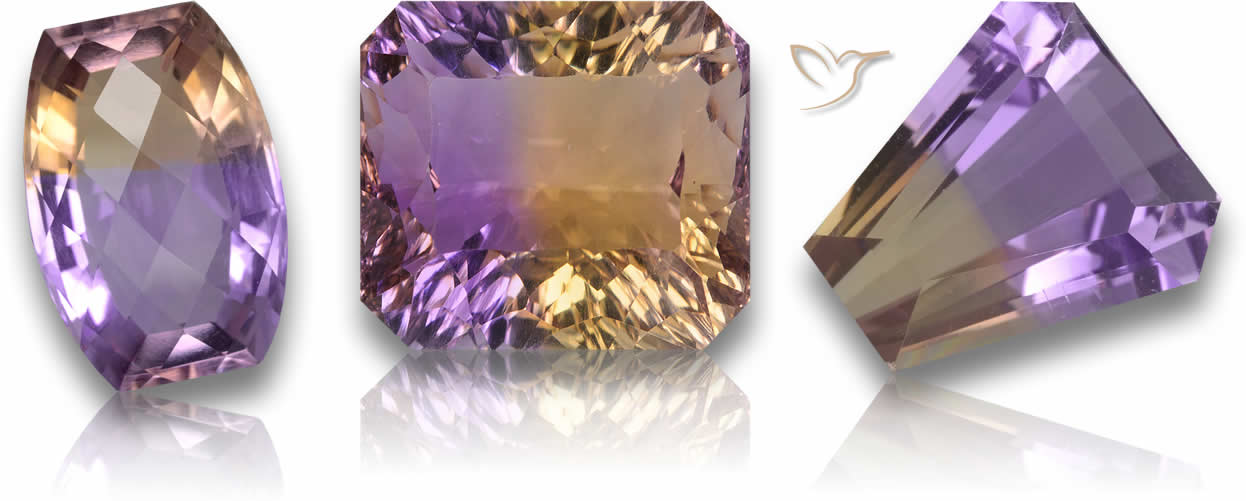Ametrine from Bolivia: A Gem of Rare Beauty and Fascinating History

Ametrine, a stunningly unique gemstone, stands out in the world of precious stones for its rarity and surprising affordability. This beautiful gem, predominantly sourced from Bolivia's renowned Anahi Mine, presents a stunning blend of amethyst and citrine hues, creating a visual spectacle rarely seen in other gemstones.
Explore our stock of natural amterine gemstones right here.
The Historical Canvas of the Anahi Mine
The history of the Anahi Mine is as captivating as the gemstones it yields. Established centuries ago, the mine first gained fame in the 17th century, when it became part of a Spanish conquistador's dowry upon marrying an Ayoreos princess named Anahi. This historical moment marked the beginning of ametrine's journey to Europe, where it was initially introduced as gifts to the Spanish queen. Despite its long history, ametrine only began to be available in significant quantities in the market around 1980, with the Anahi Mine emerging as one of the largest producers of high-quality amethyst.
A Geological Marvel: Ametrine's Formation
Ametrine's rarity is largely due to its unique formation process. Both amethyst and citrine, which are different forms of quartz, are often found in proximity. However, the coexistence of both these colors in a single crystal is a rare phenomenon. The distinctive zoning of purple and yellow within ametrine crystals results from varying oxidation states of iron, influenced by temperature differences during the crystal's formation. This natural process leads to the creation of ametrine's signature bi-color appearance.
Innovation in Gem Cutting: Enhancing Ametrine's Appeal
While traditionally faceted in a symmetrical fashion, often in a rectangular shape with an equal 50/50 split of amethyst and citrine, recent advancements have led to more creative cuts. Gem cutters are now exploring asymmetrical cuts, with varying proportions of color splits ranging from 70/30 to 90/10, with some new cuts having three or more color zones and some with orange hues along with purple and gold. These novel cuts not only optimize the use of the raw gemstone but also enhance its visual allure, adding to its marketability and appeal.
Ametrine in the Global Gemstone Market
Ametrine's journey from the Bolivian mines to the global market underscores its growing popularity. Despite its scarcity and the increasing demand, ametrine remains relatively affordable compared to other gemstones found in only a single location. Its unique coloration, historical significance, and the recent advancements in cutting techniques contribute to its desirability among gem enthusiasts and collectors alike. The gemstone market continues to evolve, and ametrine, with its dual-colored charm and intriguing backstory, is poised to maintain its appeal for years to come.
Key Highlights
- Rarity and affordability of Ametrine.
- Historical significance of the Anahi Mine.
- Unique formation of Ametrine, combining amethyst and citrine.
- Evolution in gem cutting techniques and trends.
- The global market dynamics and appeal of Ametrine.

